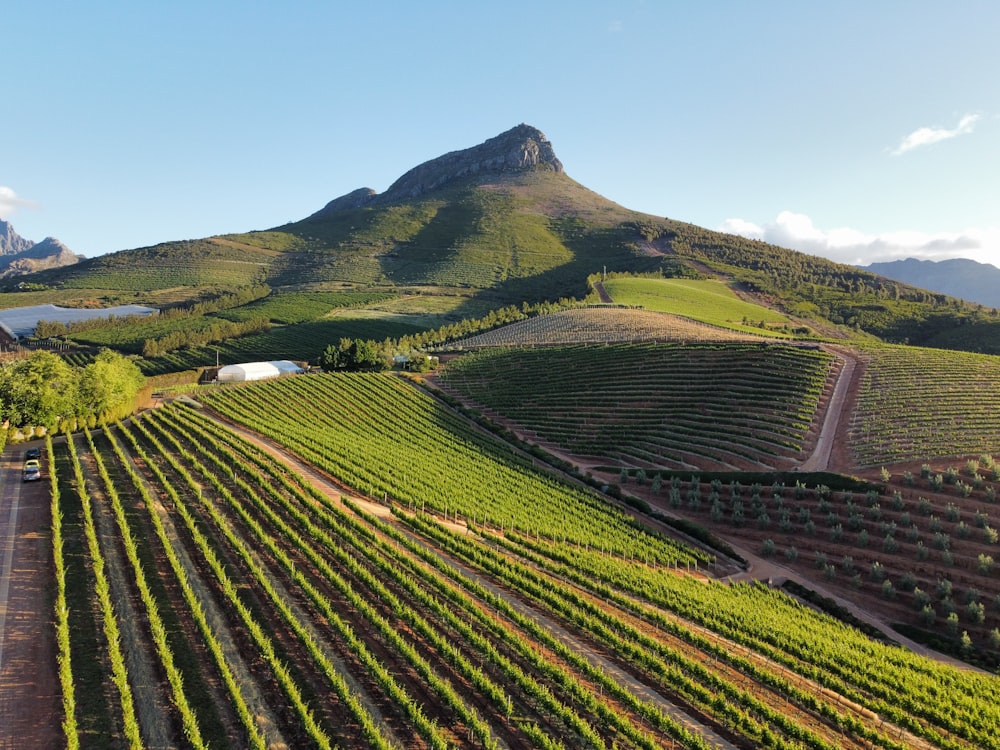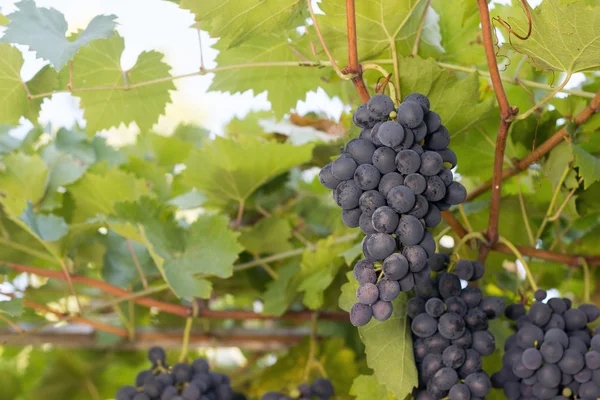A passage in the Bible, from Ecclesiastes, ends with the words, "there is nothing new under the sun." In 1924, a Stellenbosch University scientist, laboring under the blazing South African sun, thought otherwise when he crossed Pinot Noir and Cinsault, creating a wholly new wine grape called Pinotage.
Chenin Blanc is another grape that has helped define South African wine. While not a new variety, its development in Cape vineyards was new. Probably first grown in the Loire Valley a thousand years ago, Chenin Blanc was brought to South Africa by a Dutch trader in the 17th century.
Early Boer growers called the grape Steen, vigorously establishing the newcomer as the country's most widely planted wine grape. Use of the grape name, Steen, is slowly disappearing, but Chenin Blanc remains a popular white variety throughout the Cape wine lands.
Despite local popularity, Pinotage and Chenin Blanc struggle to remain vital under the stronger consumer demand for Pinot Noir and Cabernet Sauvignon, and Chardonnay and Sauvignon Blanc. With constantly shifting market demands, the question is can Chenin Blanc and Pinotage survive and compete? Let's have a closer look at both varieties.
 |
| Stellenbosch vineyard Credit: Unsplash |
Chenin Blanc
Of the two wines, Chenin Blanc has the longest track record, is grown in more places and enjoys an acceptance that Pinotage has yet to achieve outside South Africa. Since the 1800s, South African vintners have relied on Steen to bolster local wine sales while helping promote the image of South African wines in the UK, at the time South Africa's main export market.
But change was inevitable. In the 1990s, the Chenin Blanc Producers Association was set up to seriously promote the grape and get away from the use of Steen. Vineyard expansion was undertaken in the sub regions of Paarl and Worchester, as the CBPA began to identify the best vineyards, many with old vines.
This new effort in the vineyards set a style for SA Chenin Blanc that focused on tropical flavors of guava and pineapple, supported by crisp natural acidity and a subtle minerality. For fans of Loire Chenins, this new South African wine was a revelation. Viognier is a popular blending variety in Cape Chenin Blanc.
Chenin Blanc is grown throughout the Cape and is usually priced at $20 and less. Look for these producers: Ken Forrester, Minimalist Wines, Bill Bosch, Alheit Vineyards, Kumala, Boschendal. Alheit has a wide range of Chenins, many over $50.
Pinotage
In the early years of the 20th century, grape growers in South Africa imported Cinsaut, a red grape from southern France, which the growers thought made a wine that reminded them of Hermitage, a Northern Rhone red.
Never mind that Hermitage is made from Syrah and there is no Cinsaut grown in the northern Rhone Valley. Undaunted, the South Africans called their Cinsaut "Hermitage." Then in 1924, they introduced Pinotage, by taking parts of Pinot Noir and Hermitage.
When the new wine was first labeled as Pinotage, in the early 1960s, some people dismissed this different rustic wine, while others loved it. Detractors said it was bitter and smelled like paint remover. A group of Pinotage vintners, notably Kanonkop, felt the wine deserved better, so they began to work with the grape in the vineyard and the winery.
 |
| Pinotage |
Still, the controversy continued over Pinotage, until it was discovered that the wine did not need oak maturing to develop aged characteristics. Today's Pinotage is fresh and fruity, with some of the dark fruit flavors of Pinot Noir, soft tannin, but with the structure of a northern Rhone red wine. Numerous wineries have a varietal Pinotage and a Cape Blend, usually with Syrah.
Pinotage is a wine worth trying, both for its unique characteristics and its value. Most brands are less than $25, including Tulbagh, Fairhills, Kanonkop, Old Road Wine Co. and Groot Constantia. Kanonkop has a series of Pinotages.
One of the enduring pleasures of wine is there is always something new, starting with a new vintage every year. Pinotage and Chenin Blanc are no longer new wines in the South African list, but they can be for you.
Next post: Napa Sauvignon Blanc
Contact me at boydvino707@gmail.com
No comments:
Post a Comment
Note: Only a member of this blog may post a comment.